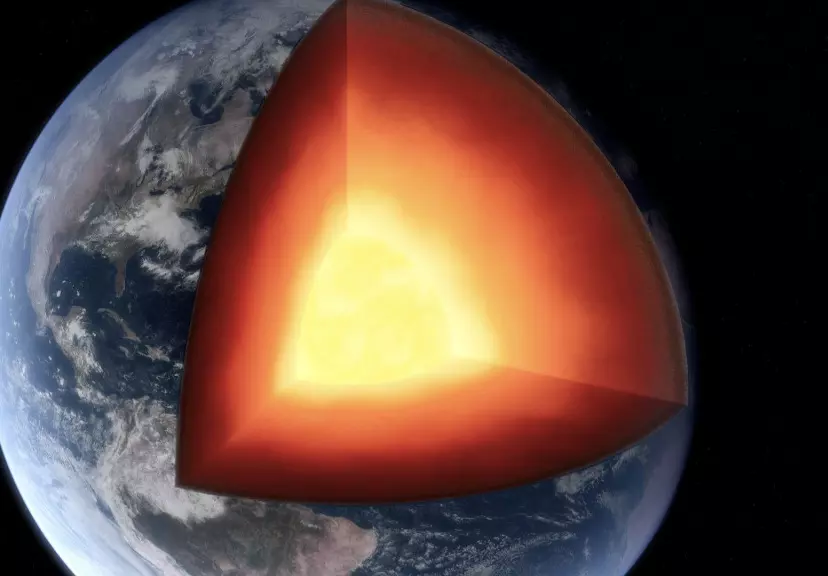Earth’s inner core may be changing shape, say scientists
Earth’s inner core may be changing shape, say scientists

A groundbreaking new study suggests that Earth’s inner core, long believed to be stable, may be undergoing structural changes. Researchers have found evidence indicating that parts of the core may have deformed by over 100 meters, shedding new light on the mysterious world beneath our feet.
A Shifting Core?
The Earth is constantly evolving, from shifting tectonic plates to changing climate patterns. Now, scientists say these changes extend deep below the surface, all the way to the inner core. A recent study proposes that the core may not be as stable as once thought. These structural changes could influence its rotation and even cause slight variations in the length of a day.
The changes appear to be happening at the boundary where the solid inner core meets the scorching liquid metal of the outer core. This interaction could be key to understanding how our planet functions.
What Lies Beneath?
To grasp the significance of these findings, it's essential to understand Earth's internal structure. Beneath the crust and mantle lies the outer core, a molten layer rich in iron, surrounding the solid inner core. While scientists have long known the outer core is turbulent, its effect on the inner core has remained uncertain.
The core plays a crucial role in generating Earth's magnetic field, which protects us from harmful solar radiation. The inner core spins independently from the outer core and the planet itself. Without this movement, Earth could face a fate similar to Mars, which lost its magnetic field billions of years ago.
Unlocking Clues Through Seismic Waves
The new study, published in Nature Geoscience, used seismic waves from earthquakes to study the inner core. Scientists analyzed shockwaves from quakes occurring in the same locations between 1991 and 2023. Their findings suggest that the inner core slowed down around 2010 before speeding up again. But even more intriguingly, they found evidence that the core’s shape is changing.
Professor John Vidale, an earth scientist at the University of Southern California, led the study. His team observed deformations in the inner core, suggesting that its edges may not be perfectly spherical. Instead, parts of the core may have shifted by over 100 meters.
This deformation likely results from the movement of the liquid outer core and the gravitational pull from an uneven field, particularly near the melting point of the inner core.
What Does This Mean for Us?
While these findings are fascinating, researchers emphasize that they have no immediate impact on daily life. "In all likelihood, this finding doesn’t affect our daily lives one bit, but we really want to understand what’s happening deep inside the Earth," says Prof. Vidale.
Scientists are now investigating whether these changes could be linked to variations in Earth's magnetic field. Over the past few decades, the magnetic field has experienced unexplained fluctuations, and researchers are keen to determine if there is a connection to the inner core.
Despite the exciting discovery, Prof. Vidale cautions against overhyping the findings. "We're not 100% sure we're interpreting these changes correctly," he admits. "Science is always evolving, and like many researchers, I've been wrong before."
The research adds to ongoing studies exploring the mysteries of Earth’s core. While many questions remain, one thing is clear: the inner workings of our planet are more dynamic than we ever imagined.

